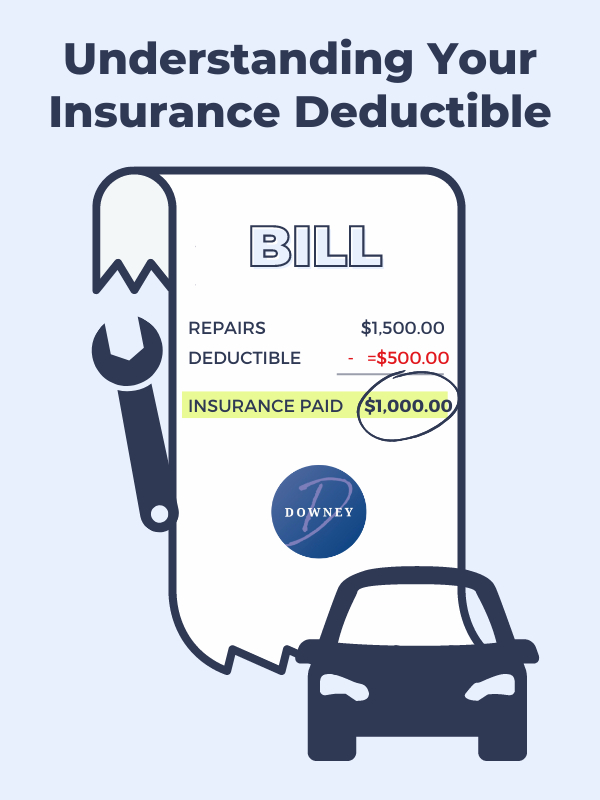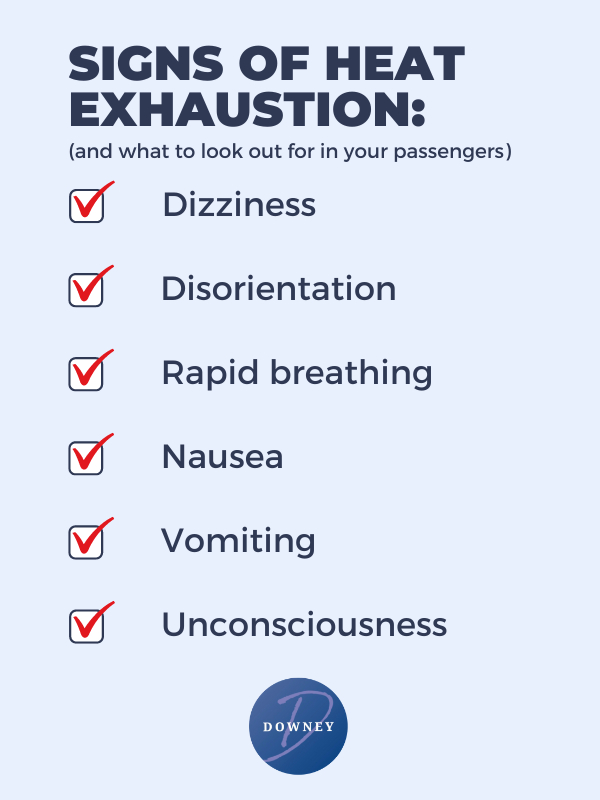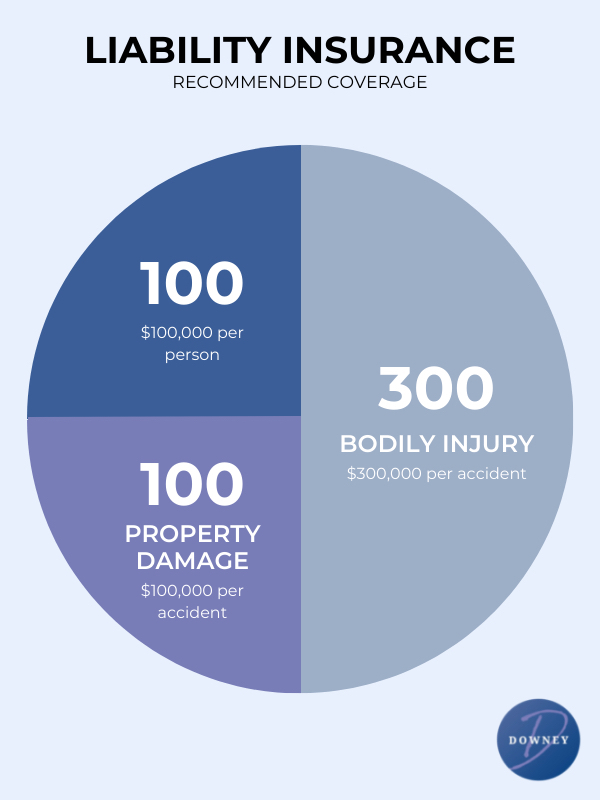
Is Comprehensive Auto Insurance Worth It?
Adding comprehensive auto insurance to your policy will provide the financial protection you need in the event of a non-collision accident. It can save you thousands of dollars in repairs and even cover the remaining balance of your auto loan if deemed totaled.
This means that any loss or repair costs caused by an incident that did not involve a collision—i.e. severe weather damage, fire, or theft—are covered minus your auto policy deductible.
Comprehensive auto insurance coverage
Comprehensive auto insurance protects you from minor and major damages caused by elements beyond your control. Hit a deer? Covered. Fallen tree-crushing your vehicle? Claim approved. Create a safety net from financial hardship by accounting for the possibility of non-collision accidents.
Comprehensive auto insurance covers damages related to:
- Animal contact such as a dented panel caused by hitting a deer.
- Natural disasters that result in flood damage or other weather-related issues.
- Fire resulting from natural causes and/or riots.
- Theft of vehicle or parts of vehicle.
- Damage to exterior including broken windshields and vandalism.
Comprehensive auto insurance safeguards your vehicle from damages sustained outside of auto collisions.

This additional layer of coverage is subject to a deductible—a predetermined amount subjected from a claim check which typically ranges anywhere from $500 to $1,500. As the policyholder, you are financially responsible for the deductible in full should a comprehensive claim be filed. Your insurer would then cover the remainder of your repair costs. For example, let’s say your car was struck by a deer, and the cost of damages totals $1,500. A comprehensive claim is then filed and approved by your insurer. Upon approval, you pay a deductible of $500. Your insurer will then issue an insurance claim payout of $1,000 to repair the damages (the total repair costs minus your deductible).
Damages and injuries caused to others, your injuries, or damages resulting from an auto collision are not covered. You do, however, have the option to add on collision or additional liability coverage.
Comprehensive auto insurance vs collision insurance
Though frequently lumped together, comprehensive auto insurance differs from collision insurance by how damages are sustained to the vehicle. Are the cracks in your windshield from a hail storm or head-on highway collision? Is the dent in your hood from a fallen tree or contact with someone’s bumper?
Comprehensive auto insurance will cover non-collision damages whereas collision insurance covers those caused by a collision. Outside of liability auto insurance—which is a requirement in most states excluding New Hampshire—both forms of coverage can protect you from unexpected financial strain. If the cost of repairs happens to exceed the actual cash value (ACV) of your vehicle, your insurance company will total the vehicle and issue you an insurance payout equal to the ACV minus your deductible.
In most states, a vehicle is deemed totaled if and when the damages exceed 75% of its value.
Take away
There are both pros and cons to adding additional coverage to your auto insurance policy. If you are in a position where reinforcing your auto safety net is optional, it’s good to weigh each beforehand.
Adding comprehensive or collision coverage to your policy could save you money on repairs or replacement costs due to unexpected events on- and off-road. Such auto insurance coverage add-ons complement your liability insurance policy by preparing for the future and covering all possible bases.
Contact us today and let us help you create your perfect auto insurance policy.




